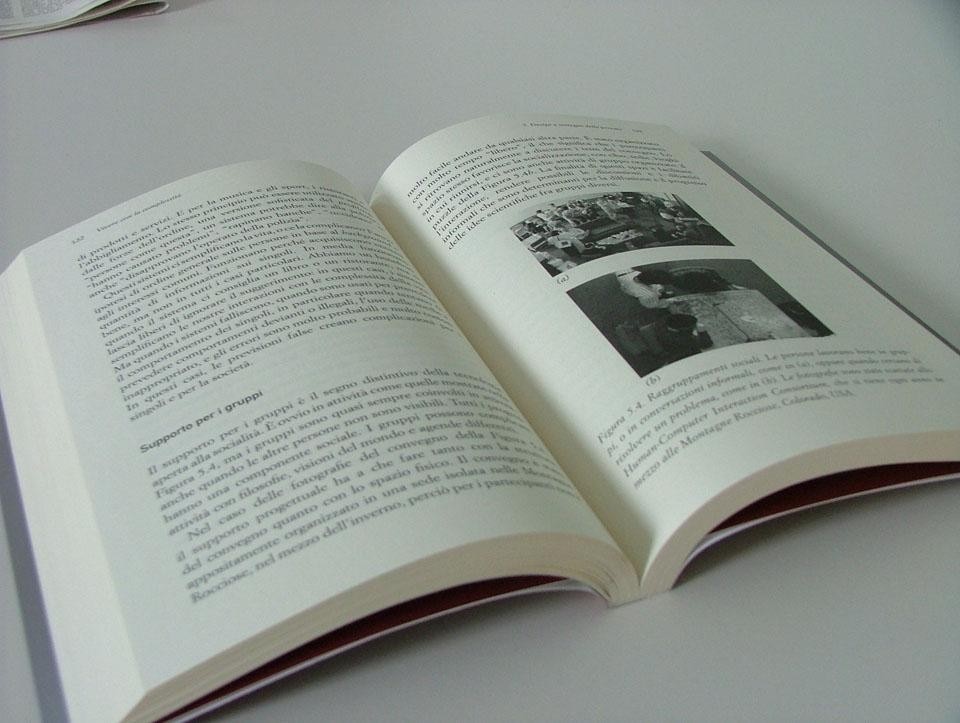Donald A. Norman. MIT Press, 2010. (280 pp., HC., US $24.95).
Condemned to complexity is how Donald Norman describes us in his latest book, Living with Complexity (MIT Press 2010, recently published in Italy by Pearson). Norman is an engineer, psychologist and former vice president of Apple (where, he explains, he tried in vain to convince the company to include a second button on their mouse, a change only made later). He is also the author of cult books such as The Psychology of Everyday Things (Basic Books, New York 1988), Things that Make Us Smart (Feltrinelli 1995), The Invisible Computer (Mit Press, London 1999) and the more recent Emotional Design (Basic Books, New York 2003). For some time now he has applied the principles of physical design to immaterial websites with Jakob Nielsen, a web-design guru with whom he heads the Nielsen Norman Group.


Stefania Garassini
'Why do we have so much trouble with machines?' asks the author, whose book is filled with advice on how to translate his theoretical principles into practice, because we impose 'machine logic on people, human beings who do not work to the same rules of logic.'



